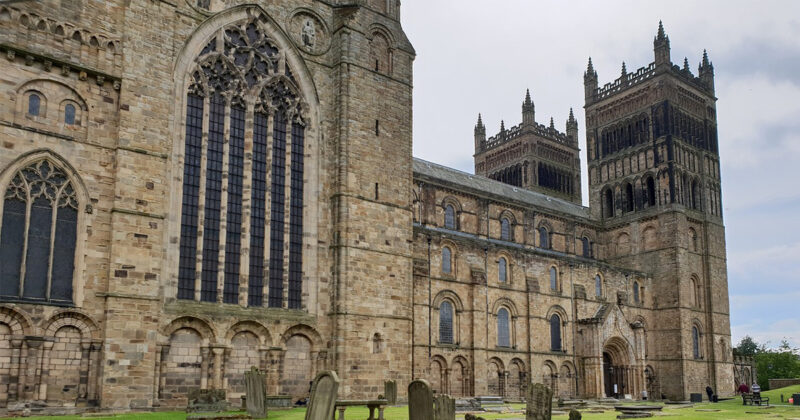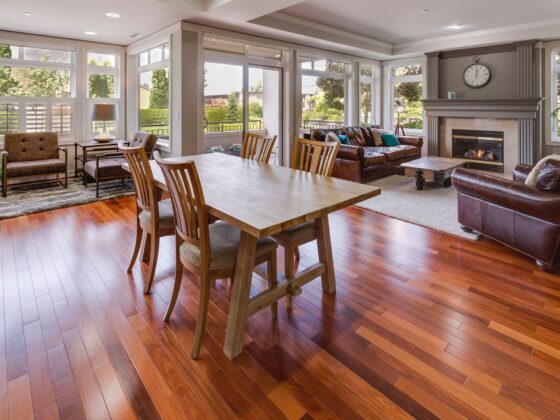As the world of design and architecture continues to evolve, it’s becoming more important than ever for professionals in the industry to remain informed about the latest trends. Whether you are an architectural enthusiast or a professional designer from the North East UK, there is no better way to stay ahead of the game than being apprised of upcoming forecasts and predictions within your field. In this blog post, we will explore some of what experts predict as pivotal changes that may impact architecture in this region over the coming years.
We will discuss how these new developments might shape both traditional builds and modern constructions while identifying potential benefits they could offer those living in or near urban areas like Newcastle upon Tyne and Sunderland. It promises to be an enlightening look into possible future developments so if you want to stay one step ahead in your understanding of emerging technologies around construction projects – read on!
Current State of Architecture in the North East UK
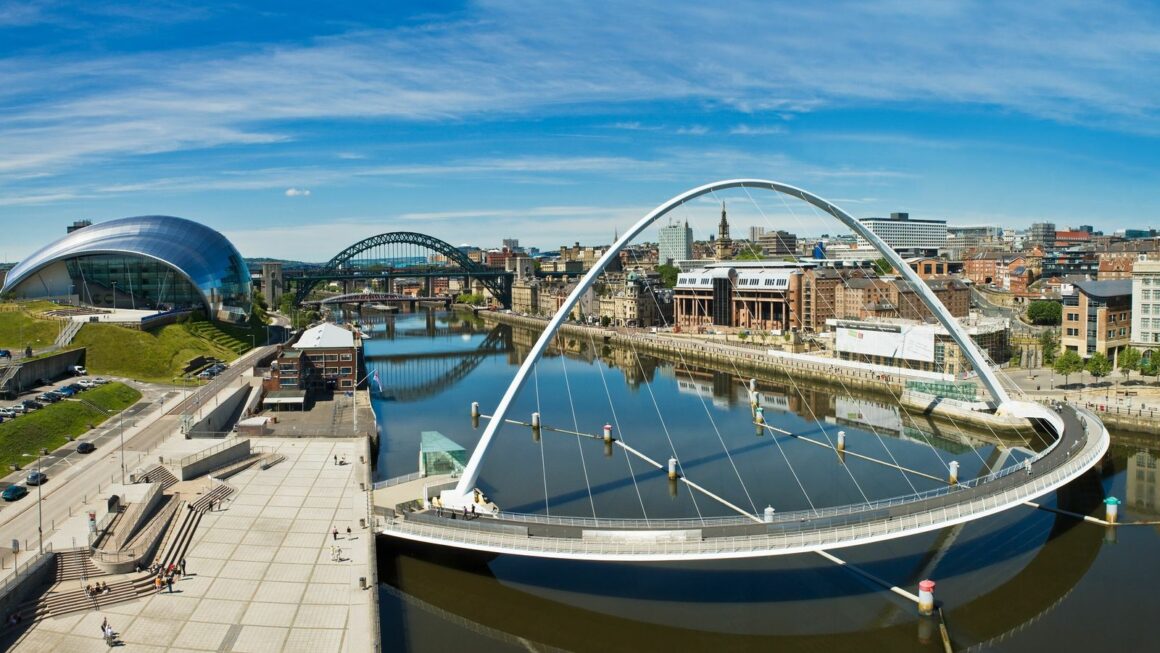
Currently, the North East UK is home to a wide variety of architectural styles, each with its own distinct character. From Georgian terraces in Architects Newcastle to Victorian and Edwardian villas in Stockton-on-Tees, the region has an array of traditional housing that dates back centuries. In more recent years, modern architectural styles have become increasingly popular across the region.
This can be seen in the two iconic bridges built over the River Tyne – Gateshead Millennium Bridge and Tyne Bridge – both constructed using contemporary design principles. Other innovative architectural designs also exist in cities such as Sunderland and Darlington, as well as in smaller towns and villages dotted around the area.
All this suggests there is a broad selection of architecture to admire in the North East UK, making it an exciting area for Architects to explore and build on for years to come!
What are the Main Trends in Architecture in this Region
Recent trends in architecture in the North East UK have been pointing towards a focus on eco-friendly materials and construction, as well as building designs that promote sustainability. As climate change becomes an increasingly pressing issue, architects in this region are beginning to look for ways to reduce energy use and improve energy efficiency.
In addition, there is a growing emphasis on designing spaces that foster well-being and happiness, helping to make buildings more attractive places to work and live.
Other trends that are starting to gain traction include innovative ways of exploring local culture and heritage within modern architectural forms, creating striking new compositions that reflect the unique character of these areas.
Overall, it looks like there will be plenty of exciting new developments in the world of architecture throughout this region.
What are the Predictions for Future Architectural Designs in this Region
Predictions for architectural designs in the North East UK are pointing toward a focus on sustainability and energy efficiency. With populations growing and resources dwindling, proposed developments should look to incorporate green-building practices such as better insulation, solar panels, eco-water heaters, and other renewable energies.
Through smart planning and involving local governments in decision-making, taller structures with smaller footprints could become a defining feature of the region’s future architecture. There is also an emphasis on creating visually cutting-edge buildings that will become iconic landmarks within their city centers.
Similarly, there is potential to develop affordable housing that uses micro spaces and resourceful construction methods without sacrificing aesthetics or livability. In summary, sustainable solutions blended with stylish designs could form the foundations of tomorrow’s constructions in the North East UK.
How Can We Prepare for These Changes and What Types of Technologies Will be Used
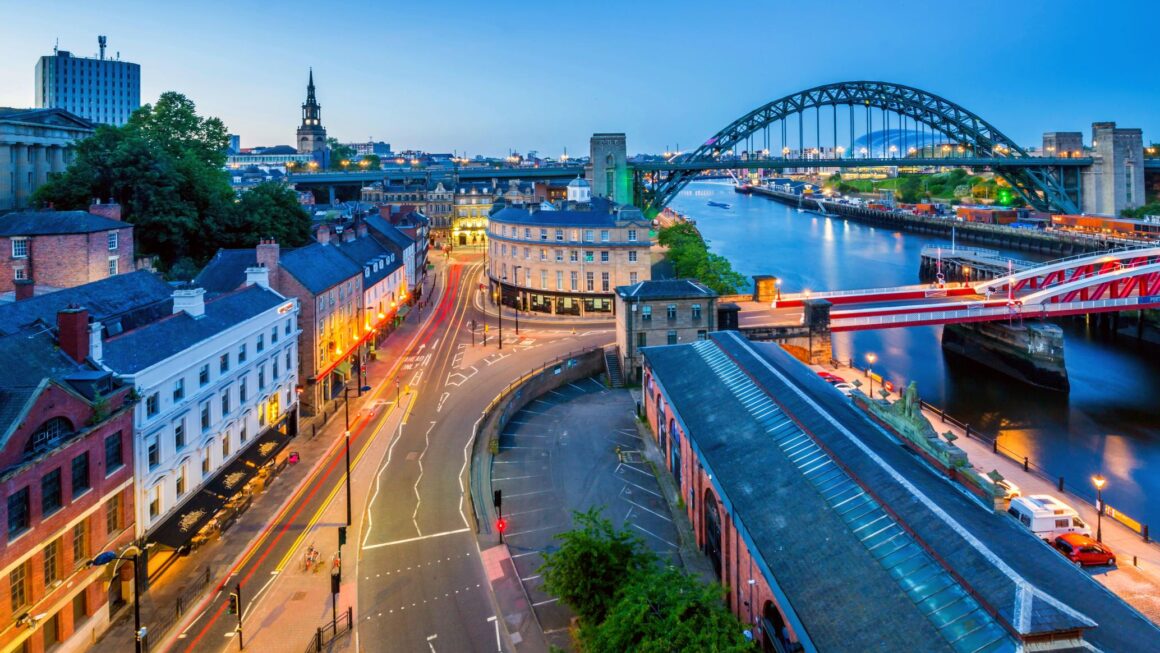
In order to effectively prepare for the changes in the architecture of the North East UK, we must ensure that we are aware and ready to embrace any new technologies which will be used. This will involve both technological innovations as well as professionals who are adept at navigating the changing climate, with an understanding of what trends may arise. By gaining and maintaining insight into the industry, with a focus on collaboration and integration, architectural firms can be better equipped to tackle the changes associated with new trends in the future.
Some Sustainable Solutions That Can Help Us Reduce Our Carbon Footprint
In the future of architecture, it is essential that we think sustainably and focus on reducing our carbon footprint. One key solution to this problem is investing in renewable energy sources such as solar panels, wind turbines, and geothermal systems. This can allow us to significantly reduce our dependency on fossil fuels and generate electricity without hurting the environment.
Additionally, green roofs are another way to effectively utilize passive design strategies. Using vegetated layers on top of building structures can help regulate temperatures both inside and out while helping to insulate from rain and sunlight. These solutions will not only help reduce our carbon footprint but also aid in creating healthier living environments for everyone.
Looking to the Future
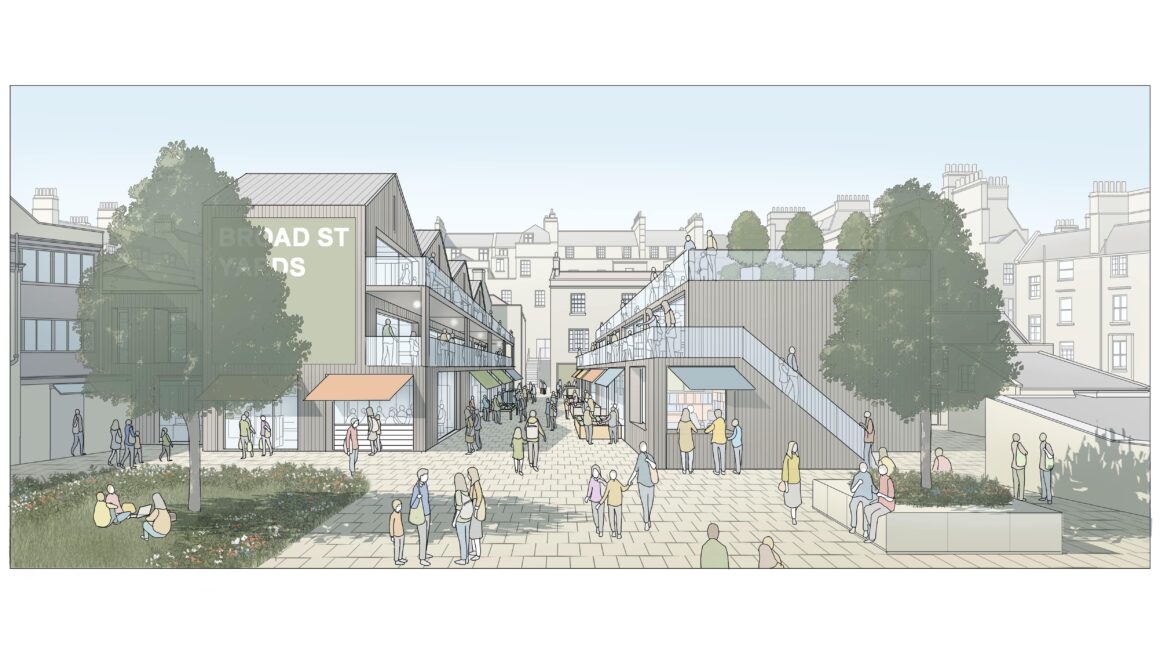
Architecture plays an essential role in determining how people experience the places they live and work, from homes and offices to public squares and parks. As our cities develop further and technology advances, the field of architecture is set to change dramatically over the coming years.
New trends could lead to innovative solutions for sustainability and energy efficiency; the use of new materials and techniques will yield modern structures adapted to our ever-changing environment; digital techniques may be employed to solve complex spatial problems, while artificial intelligence, robotics, automated construction processes, or nanotechnology will alter the way buildings are designed and constructed.
As we look toward the future of architecture in the North East UK, there are a number of exciting possibilities on the horizon that have the potential to revolutionize this sector.
Conclusion
Ultimately, the architecture in the North East UK is continually evolving. It is important that as these new trends arise in this region, we continue to think about how to best prepare for them and reduce our carbon footprint. We must also be aware of how much architecture can impact society — from creating a sense of identity and connectedness to sustainable improvement in public health.
The role of architects will continue to be crucial in the future, and it is our job now to ensure that their designs meet both aesthetic value and function at the same time. With technology advancing each day, it is only a matter of time before even more sophisticated materials become available, making it easier to bridge old with new styles in ways never seen before.
